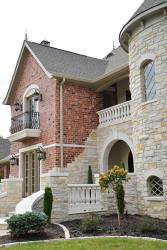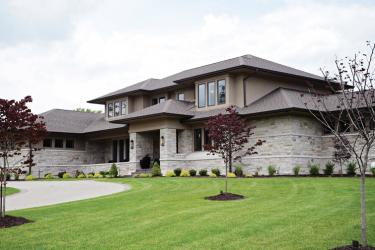What does it take to deliver exceptional design?
Robert: Surrounding yourself with a team that is smarter than you and shares your vision. This group dynamic encourages everyone to grow, continuously improve and consistently deliver exceptional results.
What advice would you give to someone just starting a design career?
Robert: Get comfortable being uncomfortable. The only way to grow in a design career is to do what makes you uncomfortable. Design ability isn’t something you are born with, or at least I wasn’t. It’s a skill that takes years, even decades to develop. You have to continuously seek ways to hone and adapt your skills to changing lifestyles. A millennial isn’t looking for the same design as a baby-boomer and vice versa. Know your audience and always under promise and over deliver.
How has the industry evolved since you started?
Robert: Like any industry, technology is changing the field of architecture. Physical scale models have been replaced with computer modeling and virtual reality walk-throughs. However, the underlying principles of good design haven’t changed. You can create a great virtual reality fly-by of a defective design, and you have a high-tech waste of time and money.
Tell us a place in St. Louis that inspires you in your career.
Robert: 120 N. Ballas Rd., The Frank Lloyd Wright House in Ebsworth Park. It is a 1,900-square-foot masterwork set on 10.5 acres that, in true Wright style, uses the basic principles of design to create a functional work of art.









